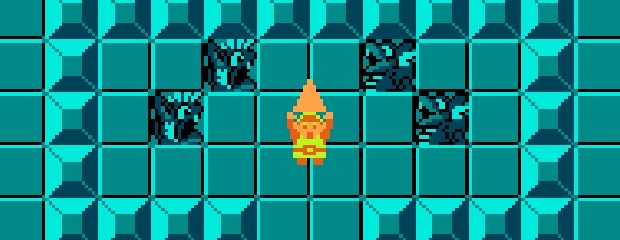The Legend of Zelda: The Progression of Video Game Graphics
June 11, 2023
Graphics in video games have come incredibly far, which is especially noticeable in the Legend of Zelda game series. The Legend of Zelda first came out in the US on August 22, 1987 for the Famicom disk system and Nintendo Entertainment System (NES). It was a pixelated 2D game where players became a knight named Link trying to save Princess Zelda.
In the first game in the series, Link is only 16 pixels tall, and the map measures about 4096 by 1408 pixels. The Legend of Zelda was designed around the same time as the first Mario Bros game by the same team. It was meant to be an opposite style, as more of an open world game. It became one of the highest selling titles on the NES. Its sequel, Zelda II: The Adventure of Link was released for the NES on December 1, 1988. It had a similar 2D pixelated style, however Link was taller with more detail, and the gameplay was sidescrolling, meaning the player is viewed from the side and the screen follows them as they move back and forth. The new version included a bigger map, more enemies, and more detail.

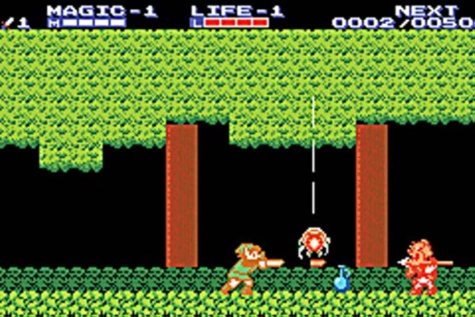
The Legend of Zelda game A Link to the Past was considered revolutionary because it took the series from 8-bit to 16-bit graphics. Similar to the first in the series, it had 2D graphics and was played from a top-down perspective, meaning the player is viewed from the top looking down. It was released for the Super Nintendo Entertainment System (SNES) on April 13, 1992 and was later released for the Gameboy Advance in 2002. A Link to the Past was the first game in the series to include the master sword, which has been a defining feature in many games since. In 2013 a sequel called A Link Between Worlds was released for the Nintendo 3DS. It had a similar art style and perspective to A Link to the Past. The game Link’s Awakening, which came out on August 6, 1993, had a similar art style as well. Despite it being played in 2D, Link gained the ability to jump in this game. It was released for the Gameboy, but in 2019 an HD remake was released for the Nintendo Switch with similar gameplay but with more round, 3D graphics. The original game had sidescrolling sections and also featured several characters from Mario games.
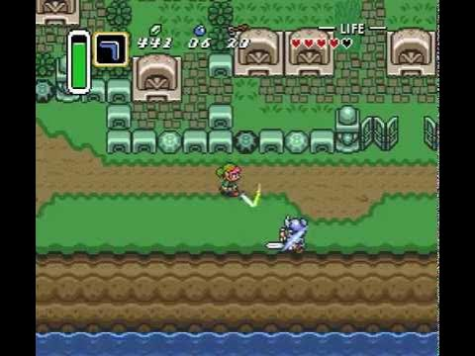
Ocarina of Time was the first game in the Legend of Zelda series to have a 3D graphics style. It was released in the US on November 23, 1988, when 3D graphics in video games was a relatively new concept. It was originally released for the Nintendo 64 and has since been made playable on the Gamecube, Wii, Wii U, 3DS, and Nintendo Switch. It became one of the best selling Legend of Zelda games for years. The sequel, Majora’s Mask, was released in 2000 for the Nintendo 64. It had very similar graphics, including almost identical models for the characters and enemies. Later, it was released for the Gamecube, Wii, Wii U, 3DS, and Nintendo Switch. When it was released for the 3DS it was called Majora’s Mask 3D and had improved graphics.
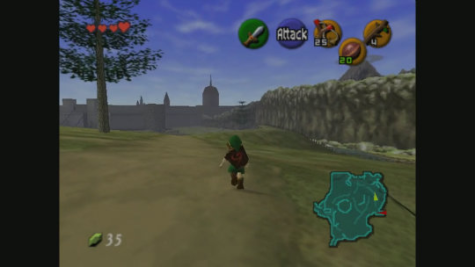
The game Wind Waker utilized a very cartoon-ish 3D style. It was released on March 24, 2003 for the Gamecube and was later released on the Wii U in 2013 with updated HD graphics. Wind Waker had a much larger map then Ocarina of Time and Majora’s Mask, and it had more dynamic dungeons as well. Phantom Hourglass, the sequel to Wind Waker came out for the Nintendo Developers’ System (DS) in 2007. It had some of the same aspects as Wind Waker, but had a top-down 2D view with only some sections in 3D. Phantom Hourglass also utilized the touchscreen and stylus of the DS, creating a very different gameplay experience. However before that, Twilight Princess was released on November 9, 2006 for the Nintendo Wii. It had 3D graphics but a much more dark art style and character designs that were perceived to be due to some backlash from the bright colors and shading of Wind Waker. It was released for the Gamecube the next month and in HD for the Wii U in 2016.
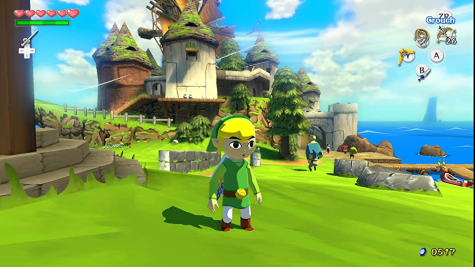
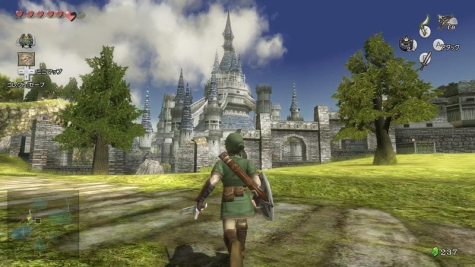
Breath of the Wild was the biggest Legend of Zelda game yet, taking up 13.4 GB of space compared to the original’s 128 KB. It was released for the Nintendo Switch and Wii U on March 3, 2017. It is an open world game with a 3D style and advanced cel-shading, a type of rendering for 3D graphics. Its style is similar to Wind Waker but with better details in the lighting, textures, and models. The sequel, Tears of the Kingdom was released on Nintendo Switch May 12, 2023. The art style is nearly identical to Breath of the Wild’s, and it has an even huger map. Tears of the Kingdom also features a new storyline, new abilities, and new enemies, including some that are reminiscent of previous games in the series. Although some glitches are still being worked out, Tears of the Kingdom has different animation as well, including the new diving ability and slight changes to the combat animations.
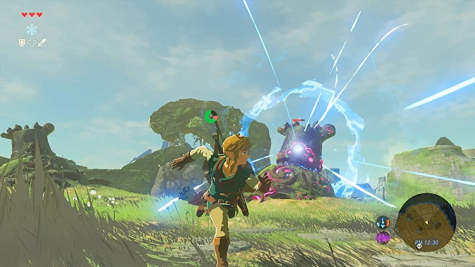
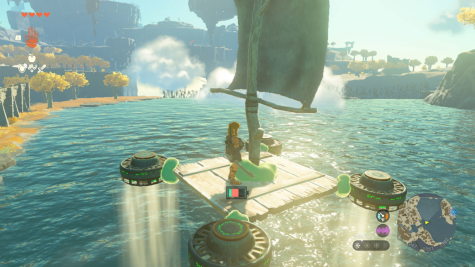
Overall, there has been so much improvement in video game graphics since the original The Legend of Zelda was released, and it is fascinating to see series like this progress.


